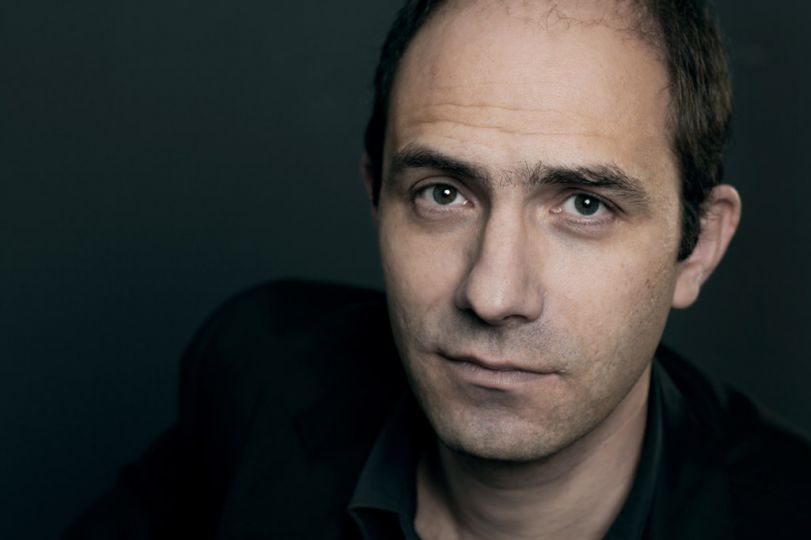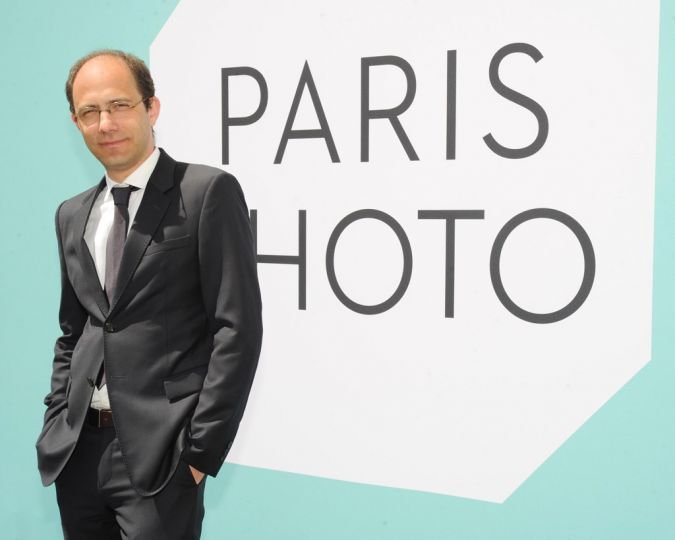The decision to move Paris Photo from the Carrousel du Louvre to the Grand Palais was taken before Julien Frydman was named curator, replacing Guillaume Piens. But the new man in charge has taken care to assuage the fears of gallerists who worry that Paris Photo—now the premier festival of its kind—might lose in spirit what it gains in size.
After fifteen successful years, the change of venue was inevitable. The Grand Palais is one of the most beautiful spaces in Paris, a magical place. The decision to hold Paris Photo there is a way to acknowledge that the festival is ready for the next level. Clearly, that would have been more difficult to achieve at the Carrousel. There was a sense of conviviality, and a proximity to the work at the Carrousel, both physically and metaphorically. But there is a larger audience out there that still needs to discover the importance and singularity of photography in the art world today. We have to give them the keys to do so. We have to be able to highlight photography’s rightful place in art history, and to be able to move seamlessly from a discussion of Dubuffet to one of Brassaï’s graffiti pictures.
Christian Caujolle: A few big names will be present for the first time, not just contemporary heavyweights like Gagosian and Marian Goodman, but photography specialists like Pace Mac Gill and Jeffrey Fraenkel, who usually abstain from festivals. What do you think that will change?
Julien Frydman: The price tags! I’m only half-kidding. It’s important to attract collectors willing to spend large amounts on contemporary pieces, and to introduce them to lesser known artists. It’s also important for photography lovers to be exposed to artists and artworks that they only hear about in auction catalogues. Finally, the fact that work by popular artists like Richard Avedon or Diane Arbus can hang next to Robert Adams, Lee Friedlander, Harry Calahan, Meatyard, David Goldblatt, Gurski and Gregory Crewdson—that’s no small accomplishment.
Christian Caujolle: You keep talking about other events happening concurrently with Paris Photo, like “Plateforme”. It seems like you’re taking a distance from the photographic milieu.
Julien Frydman: I don’t consider it as a distance. On the contrary, it’s a reinforcement. Asking art critics, philosophers and intellectuals to participate at art fairs is less common than you think. There again I think the right move is to take a step back and ask the fundamental questions about the process of creation in photography, and what that process shares with creation in other areas. Everyone knows how much cinema owes photography, but little is mentioned about how much contemporary photography owes cinema. We could say the same of the back-and-forth between photography and painting. The important thing is to never stop asking questions, never stop searching for knowledge.
Christian Caujolle: How have people reacted to the move to the Grand Palais?
Julien Frydman: French galleries have been the most apprehensive. Foreign galleries can appreciate how the prestige of the Grand Palais rubs off on their offerings. I think everyone is excited. It’s a risk, but it’s a beautiful risk. And it’s a risk taken for the future of our industry.
Christian Caujolle: What does it take to become the curator of Paris Photo?
Julien Frydman: All it took for me was one telephone call.
Interview conducted by Christian Caujolle

















